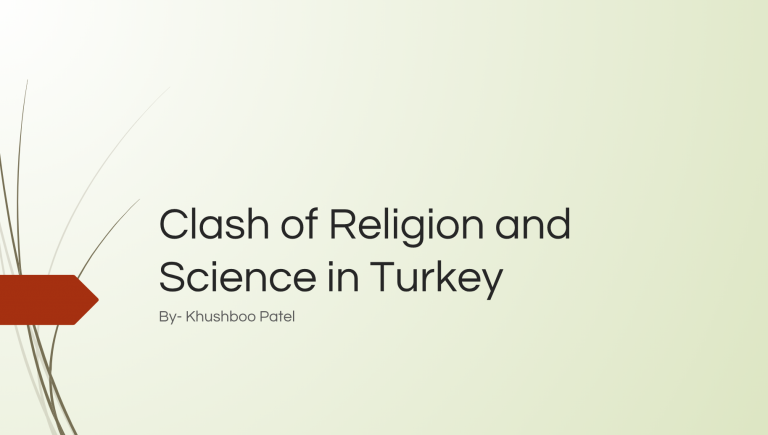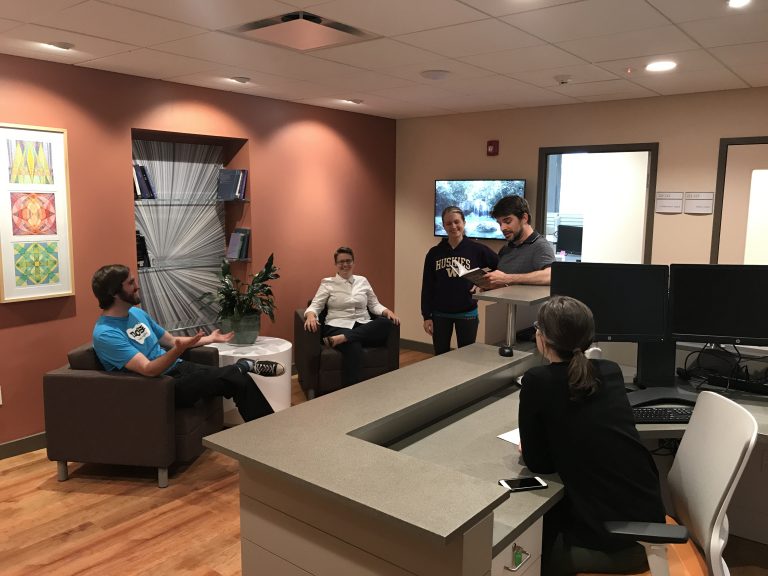We have initiated monthly Team Research Meetings to keep our researchers better appraised of each other’s recent work. We will be sharing quick synopses of the minutes here, as well.
Connor recently returned from UConn, where he gave a lecture on religion as a complex adaptive system. He was happy to report that he enjoyed his visit and found the students to be an engaged audience. Connor was also pleased to inform us that he won a grant relating to the Cognitive Styles and Religious Attitudes Project, focusing on religion, cognitive style, ideology, and self-regulation. Jonathan noted that he, too, will be collaborating on this project and that much of his recent work on his dissertation has been relevant to it – as well as productive!
Kate is excited that the editing process is nearing completion for the articles set to appear in a special edition of the journal Theology and Sexuality spearheaded by herself and other CMACers Megan and Stephanie. This special issue stems indirectly from the Sex Differences Project, which has largely entailed operationalizing cross-cultural databases and organizing piecemeal data.
Gina has been chugging along with her main project, Modeling Religious Change, which she explains will create projections of demographics on every world religion. Gina has also been working with Khatera on the Immigration Project, collecting data that can be used to develop statistical and dynamic models.
Kendra , John, and David are exuberant to have finished running the first participants through the pilot study of VR for Nightmare Disorder, an involved process which has occupied the last several months. They have since begun organizing the data collected to prepare it for analysis and are hopeful that the results of the pilot study will lay the groundwork for a larger project.
We wrapped up this month’s meeting with Khatera giving us an in-depth look at the Tools Against Child Trafficking Project, a new initiative and Khatera’s main focus. She responded to our questions by laying out the scope and goals of the project. This included the types of trafficking that could be incorporated into the model, possible areas for collaboration, and the need to remain focused on modeling different types of systems.
All in all, a great chance to connect with each other and share a series of important updates!



